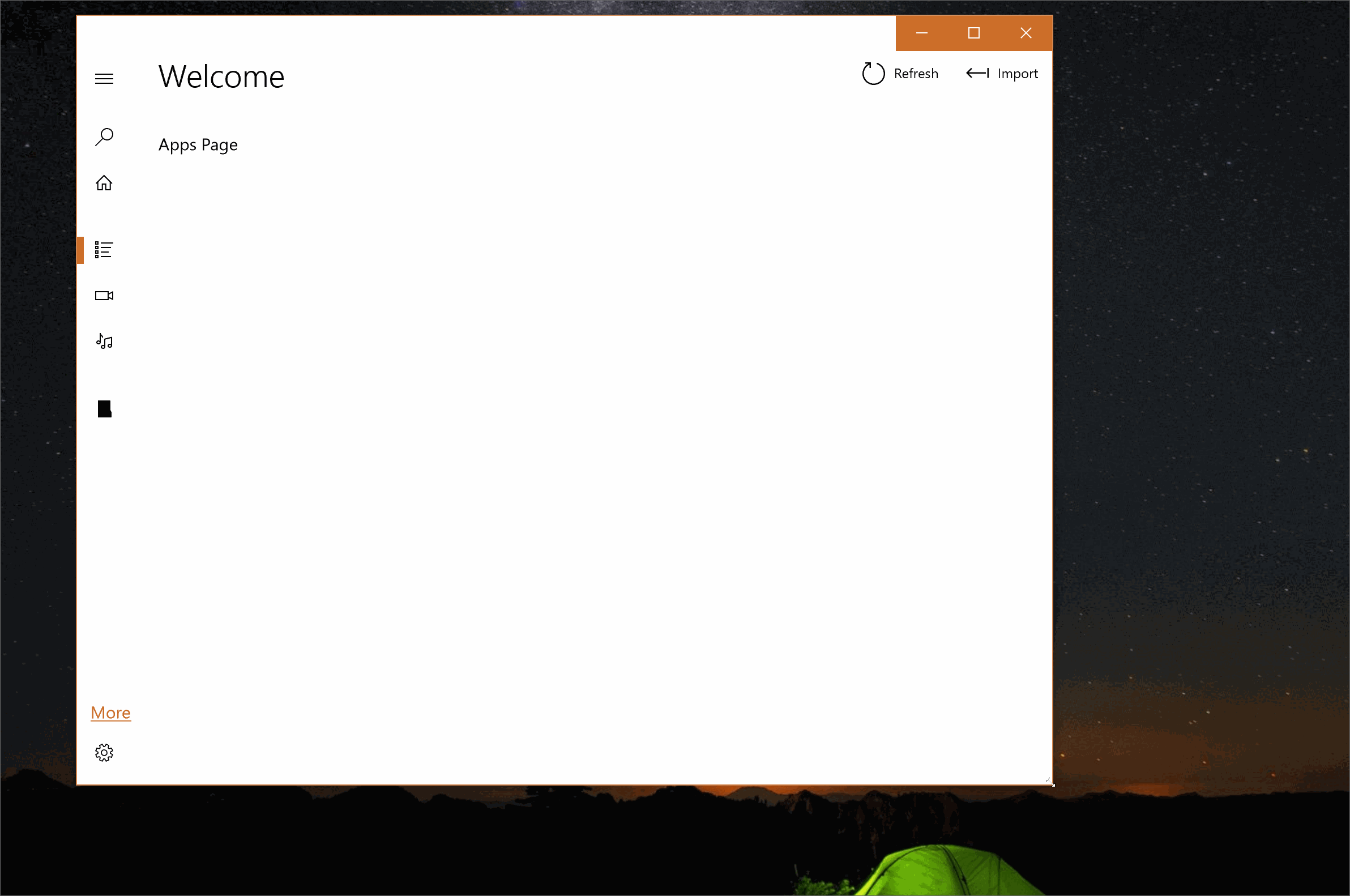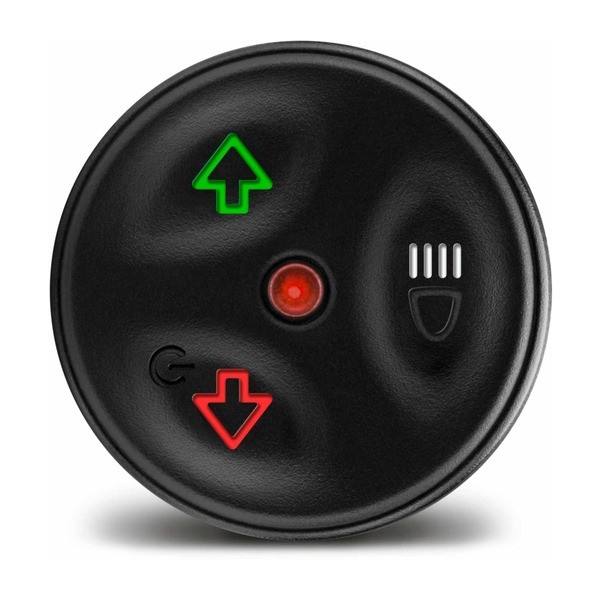Guest Lineup
Apr 18, 2021 Why does C-SPAN take viewer calls? One of C-SPAN's founding philosophies was focusing on the viewer and, through our call-in programs, viewers are able to interact directly with elected officials. Williamsport, Cushwa Basin, C&O Canal Visitor Center. Alternate Parking and Towpath Access Points. Williamsport Visitor Center (mm 99.7) parking is still available, visitors may cross the Railroad Lift Bridge (adjacent to Rt. This is a list of operators in the C and C programming languages.All the operators listed exist in C; the fourth column 'Included in C', states whether an operator is also present in C. Note that C does not support operator overloading. Stock analysis for Citigroup Inc (C:New York) including stock price, stock chart, company news, key statistics, fundamentals and company profile.
- Myron Ebell
Competitive Enterprise Institute
Center for Energy & Environment Director
- Myron Ebell
- Bob Deans
Natural Resources Defense Council
Strategic Engagement Director
- Bob Deans
- Dr. Georges Benjamin
American Public Health Association
Executive Director
- Dr. Georges Benjamin
Featured Articles
Coming Soon
Washington Journal: Myron Ebell Discuss U.S. Climate & Energy Policy
Competitive Enterprise Institute’s Myron Ebell discuss U.S. climate and energy policy.
Washington Journal: Bob Deans Discusses U.S. Climate & Energy Policy
Natural Resources Defense Council’s Bob Deans discusses U.S. climate and energy policy.
Washington Journal: Dr. Georges Benjamin Discusses Covid-19 Pandemic Response & Vaccinations
American Public Health Association’s Georges Benjamin discusses the federal coronavirus…
Washington Journal: Dr. Joel Zinberg Discusses Vaccine Passports & Mandates
Dr. Joel Zinberg, a medical doctor and senior fellow at the Competitive Enterprise…
Washington Journal: Charles Wilson Discusses Police Reform Efforts
Charles Wilson, chair of the National Association of Black Law Enforcement Officers,…
Washington Journal: Phillip Morris Discusses Death Row & Wrongful Sentences
National Geographic contributing writer Phillip Morris discusses his recent article, “Sentenced…
Washington Journal: Rafael Mangual Discusses Police Reform Efforts
Manhattan Institute’s Rafael Mangual discusses police reform efforts in the wake of the…
Washington Journal: Elie Mystal Discusses the Derek Chauvin Verdict & Policing in the U.S.
Elie Mystal, Justice Correspondent for The Nation, discusses the Derek Chauvin verdict,…
Washington Journal: James & Deborah Fallows Discuss the HBO Documetnary 'Our Towns' Based on Their Book
James and Deborah Fallows discuss the HBO documentary “Our Towns” based on their magazine…
Washington Journal: Brad Whitehead & Gordon Gray Discuss American Rescue Plan State & Local Funding
Brookings Institution’s Brad Whitehead & American Action Forum’s Gordon Gray discuss the…
Washington Journal Tweets
Nicholas Dujmovic on 60th Anniversary of Bay of Pigs Invasion
Sixty years ago, on April 17, 1961, a force of more than 1,400 CIA-trained Cuban exiles launched an invasion at the Bay of Pigs on…
Open Phones
Viewers responded to the question “What policing reforms would you support?”
Representative Cleaver on Housing and Infrastructure
Representative Emanuel Cleaver (D-MO) talked about housing as part of the $2.2 trillion infrastructure bill and other…
Representative Rosendale on Biden Climate Policies and Freedom Caucus Agenda
Freshman Representative Matt Rosendale (R-MT) talked about President Biden’s climate and environmental policies, the…
Open Phones on Verdict in Derek Chauvin Trial
Viewers commented on the guilty verdict in the trial of Derek Chauvin for the death of George Floyd.
Howard Markel on History of Vaccine Passports
University of Michigan Center for the History of Medicine Director Howard Markel talked about the history of vaccine…
Clips from this Series
Closing Arguments in the Derek Chauvin Trial
- 5 minutes
- 170 views
User Clip: Got My Two Minutes In This Morning!
- 2 minutes
- 41 views
User Clip: Pfizer Vaccine development lessons learned
- 2 minutes
- 91 views
About This Series

Washington Journal provides a forum for lawmakers and journalists to discuss key topics surrounding today's legislation.
C or Do is the first note of the C majorscale, the third note of the A minor scale (the relative minor of C major), and the fourth note (F, A, B, C) of the Guidonian hand, commonly pitched around 261.63 Hz. The actual frequency has depended on historical pitch standards, and for transposing instruments a distinction is made between written and sounding or concert pitch.
In English the term Do is used interchangeably with C only by adherents of fixed-Do solfège; in the movable Do system Do refers to the tonic of the prevailing key.
Frequency[edit]
Historically, concert pitch has varied. For an instrument in equal temperament tuned to the A440 pitch standard widely adopted in 1939, middle C has a frequency around 261.63 Hz (for other notes see piano key frequencies). Scientific pitch was originally proposed in 1713 by French physicist Joseph Sauveur and based on the numerically convenient frequency of 256 Hz for middle C, all C's being powers of two. After the A440 pitch standard was adopted by musicians, the Acoustical Society of America published new frequency tables for scientific use. A movement to restore the older A435 standard has used the banners 'Verdi tuning', 'philosophical pitch' or the easily confused scientific pitch.
Octave nomenclature[edit]
Middle C[edit]
Middle C (the fourth C key from left on a standard 88-key piano keyboard) is designated C4 in scientific pitch notation, and c′ in Helmholtz pitch notation; it is note number 60 in MIDI notation.[1]
While the expression Middle C is generally clear across instruments and clefs, some musicians naturally use the term to refer to the C note in the middle of their specific instrument's range. C4 may be called Low C by someone playing a Western concert flute, which has a higher and narrower playing range than the piano, while C5 (523.251 Hz) would be Middle C. This technically inaccurate practice has led some pedagogues to encourage standardizing on C4 as the definitive Middle C in instructional materials across all instruments.[2]
Wpf Edge Browser Control
On the Grand Staff, middle-C is notated with a ledger line above the top line of the bass staff or below the bottom line of the treble staff. Alternatively, it is written on the centre line of a staff using the alto clef, or on the fourth line from the bottom, or the second line from the top, of staves using the tenor clef.
Other octaves[edit]
In vocal music, the term High C (sometimes less ambiguously called Top C[3]) can refer to either the soprano's C6 (1046.502 Hz; c′′′ in Helmholtz notation) or the tenor's C5; both are written as the C two ledger lines above the treble clef but the tenor voice sings an octave lower. The term Low C is sometimes used in vocal music to refer to C2 because this is considered the divide between true basses and bass-baritones: a basso can sing this note easily, whereas other male voices, including bass-baritones, typically cannot.
Tenor C is an organ builder's term for small C or C3 (130.813 Hz), the note one octave below Middle C. In stoplists it usually means that a rank is not full compass, omitting the bottom octave.
Designation by octave[edit]
| Scientific designation | Helmholtz designation | Octave name | Frequency (Hz) | Other names | Audio |
|---|---|---|---|---|---|
| C−1 | C͵͵͵ or ͵͵͵C or CCCC | Octocontra | 8.176 | Play | |
| C0 | C͵͵ or ͵͵C or CCC | Subcontra | 16.352 | Play | |
| C1 | C͵ or ͵C or CC | Contra | 32.703 | Play | |
| C2 | C | Great | 65.406 | Low C, cello C, 8' C (see organ pipe length) | Play |
| C3 | c | Small | 130.813 | 4' C or tenor C (organ), viola C | Play |
| C4 | c′ | One-lined | 261.626 | Middle C | Play |
| C5 | c′′ | Two-lined | 523.251 | Treble C, high C (written an octave higher for tenor voices)[4] | Play |
| C6 | c′′′ | Three-lined | 1046.502 | High C (soprano) | Play |
| C7 | c′′′′ | Four-lined | 2093.005 | Double high C[citation needed] | Play |
| C8 | c′′′′′ | Five-lined | 4186.009 | Eighth octave C, triple high C | Play |
| C9 | c′′′′′′ | Six-lined | 8372.018 | Quadruple high C | Play |
| C10 | c′′′′′′′ | Seven-lined | 16744.036 | Quintuple high C | Play |
Note that for a classical piano and musical theory, the middle C is usually labelled as C4; However, in the MIDI standard definition (like the one used in Apple's GarageBand), this middle C (261.626 Hz) is labelled C3. In practice, a MIDI software can label middle C (261.626 Hz) as C3-C5, which can cause confusion, especially for beginners.
Graphic presentation[edit]

Scales[edit]
Common scales beginning on C[edit]
- C Major: C D E F G A B C
- C Natural Minor: C D E♭ F G A♭ B♭ C
- C Harmonic Minor: C D E♭ F G A♭ B C
- C Melodic Minor Ascending: C D E♭ F G A B C
- C Melodic Minor Descending: C B♭ A♭ G F E♭ D C
Diatonic scales[edit]
- C Ionian: C D E F G A B C
- C Dorian: C D E♭ F G A B♭ C
- C Phrygian: C D♭ E♭ F G A♭ B♭ C
- C Lydian: C D E F♯ G A B C
- C Mixolydian: C D E F G A B♭ C
- C Aeolian: C D E♭ F G A♭ B♭ C
- C Locrian: C D♭ E♭ F G♭ A♭ B♭ C
C# Edge Browser Controls
Jazz melodic minor[edit]
- C Ascending Melodic Minor: C D E♭ F G A B C
- C Dorian ♭2: C D♭ E♭ F G A B♭ C
- C Lydian Augmented: C D E F♯ G♯ A B C
- C Lydian Dominant: C D E F♯ G A B♭ C
- C Mixolydian ♭6: C D E F G A♭ B♭ C
- C Locrian ♮2: C D E♭ F G♭ A♭ B♭ C
- C Altered: C D♭ E♭ F♭ G♭ A♭ B♭ C
See also[edit]
References[edit]
- ^'MIDI Note/Key Number Chart', computermusicresource.com
- ^Large, John (February 1981). 'Theory in Practice: Building a Firm Foundation'. Music Educators Journal. 32: 30–35.
- ^Harold C. Schonberg (November 4, 1979). 'Birgit Nilsson – The Return of a Super-Soprano'. The New York Times.
- ^'The Note That Makes Us Weep' by Daniel J. Wakin, The New York Times, September 9, 2007
Microsoft Edge Browser Control
